Organic, biodynamic, natural–what does it all mean? Truthfully, these terms have become a jumble, even for wine professionals, and navigating them is not an easy task. Among industry folk, it is an ever-evolving conversation–especially since the discourse now includes everything from growing techniques to winemaking ideology to ethics.
The team here at Paul Marcus Wines cares about these big-picture topics, and we feel it’s our Bacchus-given duty to involve you, our customers, the people who make our world go ‘round, in the discussion.
Organic Viticulture and Winemaking
Wine is an agricultural product, and all of us are increasingly treating it as such; it is food, after all, and we want to know what we are putting in our bodies. The benefits of organic agriculture are clear–eliminating chemical fertilizers or pesticides creates biodiversity, supports the ecosystem, combats climate change, and actually cultivates more nutritious food than conventional farming practices. For fresh vegetables and fruits, the conversation typically stops there (though we are now becoming more aware of labor ethics and transportation costs). However, the moment we take that product and put it through a process, we have more questions, and we instinctively flip to the back label on the jar.
With the exception of United States viticulture, organic certifications in wine really only apply to viticulture–to the actual growing and treatment of the grapes before they are harvested and enter the cellar. Once in the cellar, most bets are off. While the grapes may not have been grown with pesticides and chemicals, your wine can still have all sorts of additives in it, and the only requirement is that those additives are also certified organic.
Many grape growers and winemakers are sincere, and seek the organic certification because they truly believe in its holistic philosophy, but technically speaking, unless you ask all the questions (or trust your local wine shop to ask them for you, *wink *wink), you really cannot know.
In the United States, a USDA Organic wine certification largely affects cellar practices, which some believe is creating a damaging marketing discrepancy between domestic and international wines. Organic domestic wines cannot have any sulfur added at any stage of the winemaking. This ban on sulfur use is not realistic for many winemakers, so they opt instead to put on their back label, “Made with organically grown grapes.” In this scenario, the grapes are organically farmed, and the winemaker has more freedom in their winemaking choices.
What Does “Natural” Actually Mean?
Natural is a complicated term because it really has no definition. Sure, we know what it implies, but there are no actual parameters for a wine to be natural. For this reason, there are a lot of wolves in sheep’s clothing out there, and our savvy, capitalist market knows how to, well, capitalize on this freedom.
Skin-contact wines in clear bottles have almost become synonymous with natural. Add a crown cap, and awoogah! Yet, a clear bottle with hazy liquid should not be your only indicator that the grapes were grown organically (or biodynamically), or that the wine was not manipulated or pumped up with
additives in the winemaking process.
A huge concern these days is sulfur additions. It’s a valid concern–when sulfur exceeds a certain threshold, it becomes toxic, and some people truly do have a sensitivity (even when it is present in smaller amounts). At the same time, it is also a naturally occurring element, and winemakers have been using it as a preservative since the (somewhat) ancient days. Like all things, I believe it’s about balance. Sulfur is a preservative and, especially for wines we consume from overseas, it can be a necessary addition.
Even with no sulfite additions, a wine label is legally obligated to tell you it “contains sulfites,” because the truth is, we can’t avoid them completely (it’s a byproduct of fermentation). Naturally occurring sulfites usually come in between 10-20mg/L. Minimal sulfite additions usually come in under 60mg/L. These are very small numbers when compared to the permissible 150mg-250mg/L for conventional wines. And just think: The average dried fruit package contains 220mg of sulfites!
Like all things in this global market, defining terms and getting everyone on the same page is complicated and near impossible. But we shouldn’t shy away just because it is so. The folks here at Paul Marcus Wines are here for just that: to ask the difficult questions so you can have more control over your choices.
For a wine to find its way to the shop’s shelves, it goes through an entire tasting-panel discussion between our buyers. We ask our importers questions about growing and winemaking practices so we can relay the information and help you to make the best selection. For those looking for low-to-no-additive wines, we have increased our selections and have been working on clearly identifying wines with no sulfur addition (00) and low sulfur addition. We are here to help you navigate wine labels and their lingo.
To that end, here are a few definitions of important terms related to winemaking practices:
Conventional: No certifications. It is free-form and follows the rules set forth by a larger governing body, such as the USDA. In the context of viticulture, it typically means that the vines are treated with chemicals and the wine itself can also be pumped with additives (sugar additions, acid additions, fining agents, etc.). Most of your generic grocery-store wine will fall into this category.
Natural: No certifications. A loose term that has no defined parameters, but many use it to define low-intervention, low-additive wine made with (fingers crossed) organically grown grapes. It should be considered on a case-by-case basis.
Sustainable: Certifications in this realm exist in California (CCSW), the Pacific Northwest (LIVE), and New Zealand (SWNZ), among other niche programs. All these have different codes, but they apply to sustainability often beyond viticulture and winemaking (for example, renewable energy and labor laws). In the EU, there is no official certification, and it is a rather loose term (like “natural”) that still permits for herbicides, pesticides, and additions in the cellar. It should be considered on a case-by-case basis.
Organic: In the EU, the term applies only to viticulture and grape growing, where only copper and sulfur sprays can be used to control disease pressure. In the United States, it means the same agriculturally, but also applies to winemaking. For domestic wines, it is a very restrictive certification; for EU wines, it allows for conventional-like freedom in the cellars.
Biodynamic: This practice follows all the organic principles, but the main difference is that grape growers are required to prepare certain treatments according to the biodynamic code in the vineyard. It requires the grower to be in tune with natural growing cycles of the moon and natural treatments, such as compost prepared on site. Additions and manipulations in the winemaking process are slightly more restrictive than for organic wines.
Demeter: This term is one we do not hear or see too often, but it’s the closest certification to “natural” out there–it is the most restrictive when it comes to additions in the winery, and even requires spontaneous fermentation (no selected yeasts). It applies to winemaking in the cellar, not agriculture or viticulture. However, a Demeter winery must grow or use certified biodynamic grapes.
Yes, it’s a lot to digest, but rest assured, there’s something for everyone in the shop. Come on in, chat us up, and leave with the right wine for you.
— Emilia Aiello

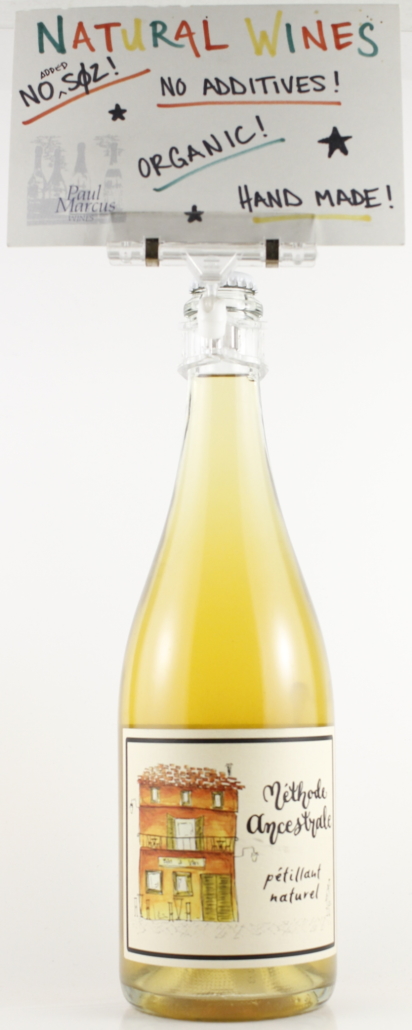
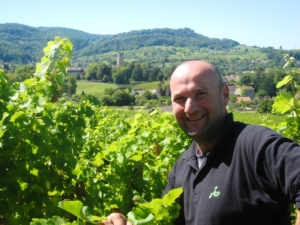
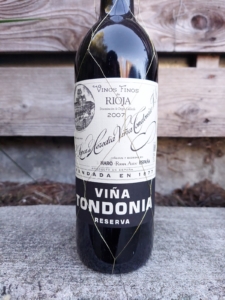
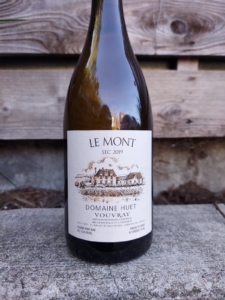
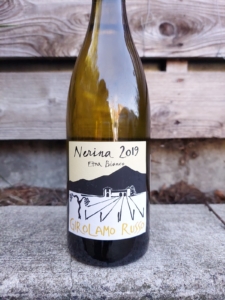
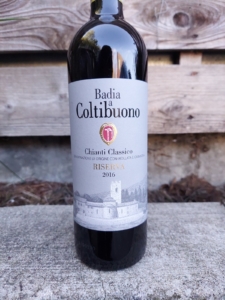
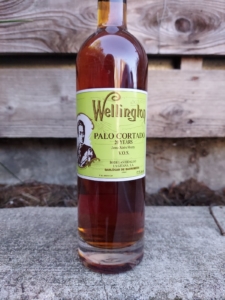
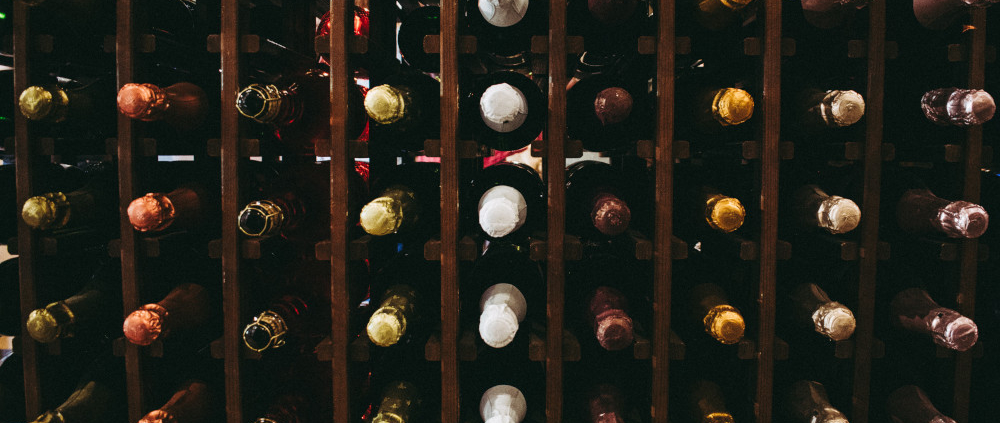
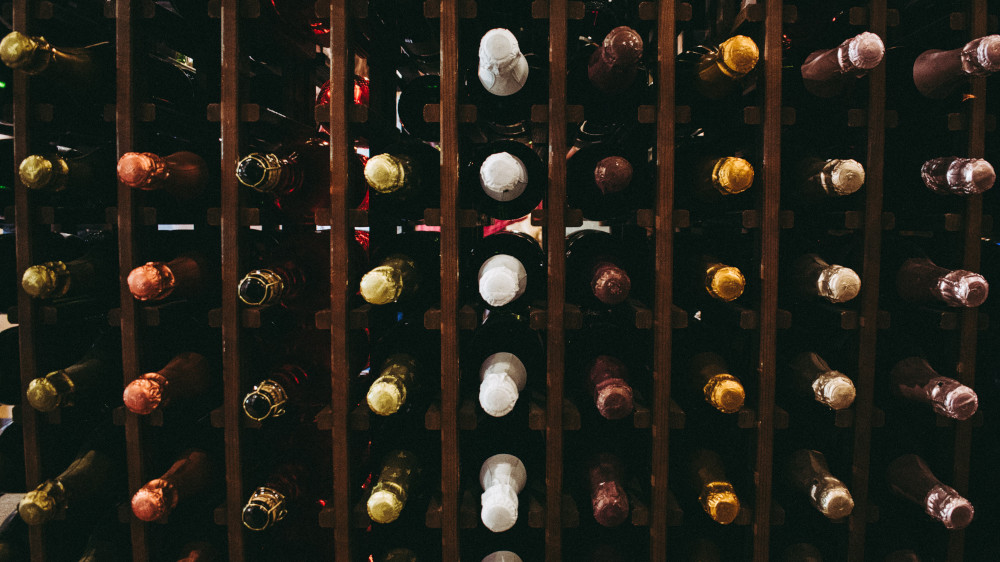
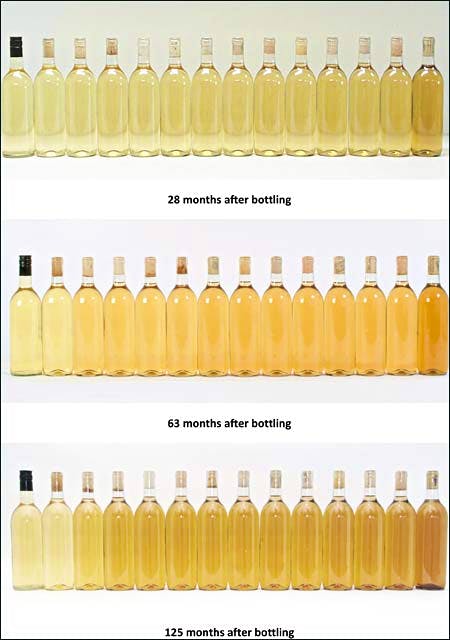
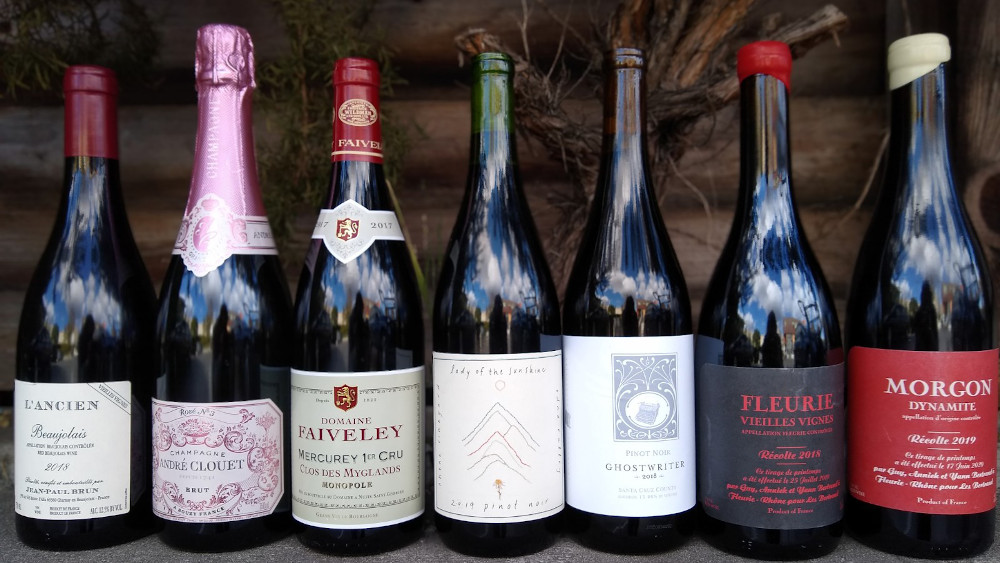

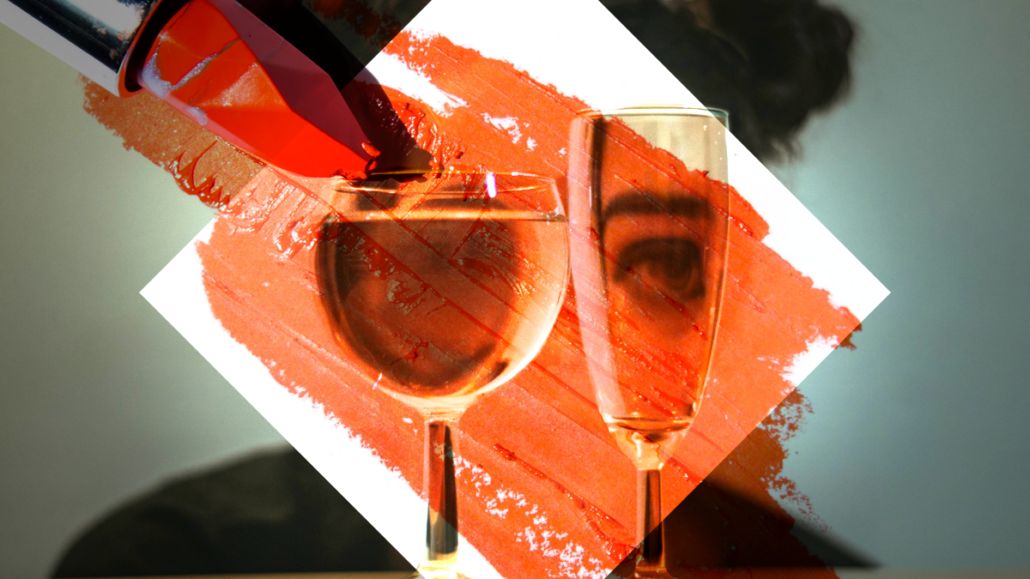 What is Orange Wine?
What is Orange Wine?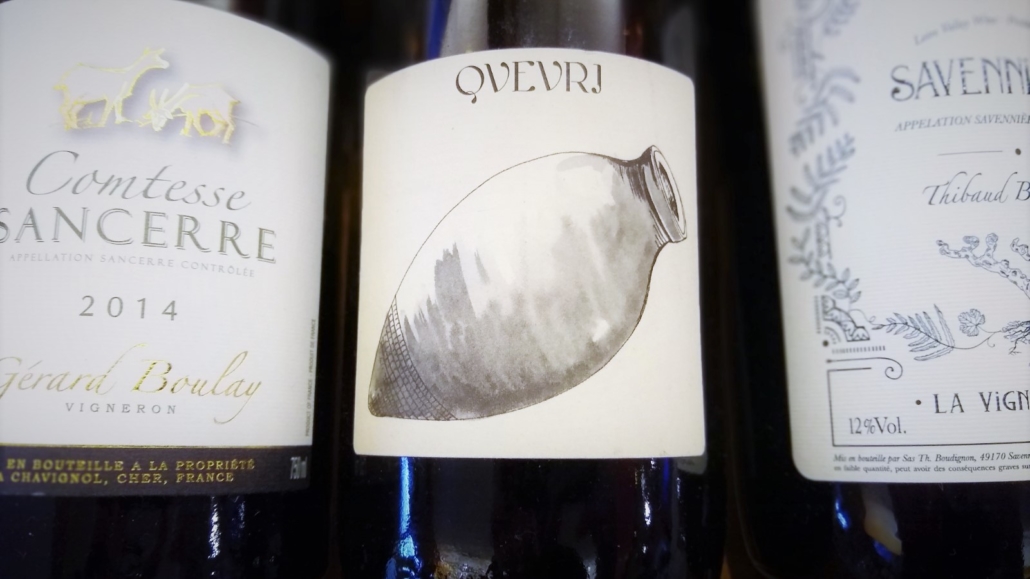
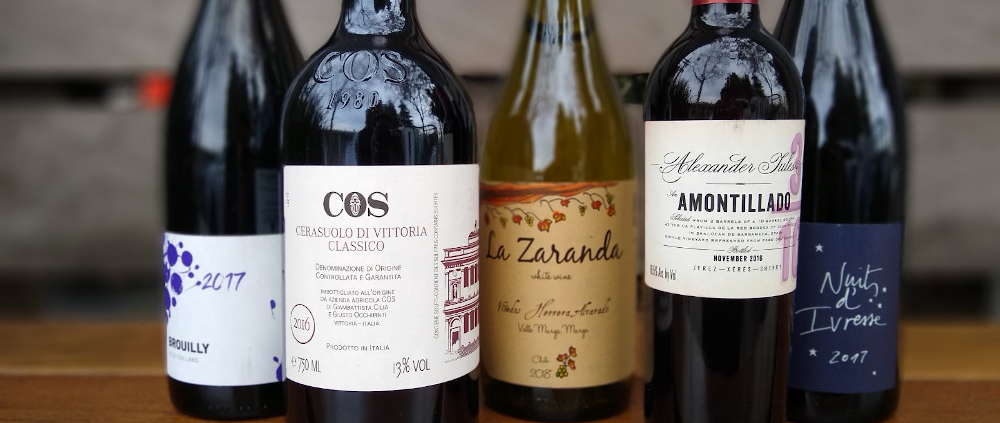
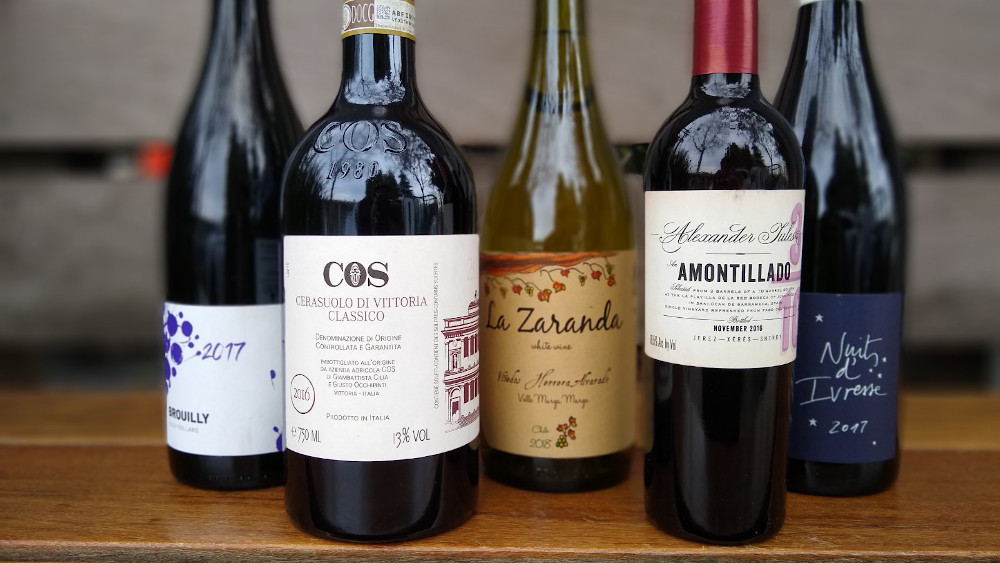
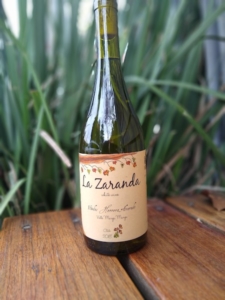 2018 Herrera Alvarado “La Zaranda” Sauvignon Blanc ($30)
2018 Herrera Alvarado “La Zaranda” Sauvignon Blanc ($30)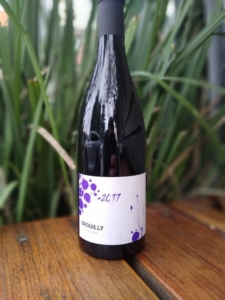 2017 Alex Foillard Brouilly ($48)
2017 Alex Foillard Brouilly ($48)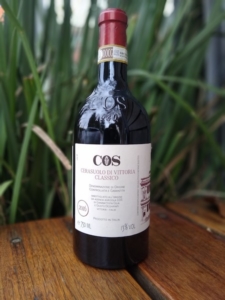 2016 COS Cerasuolo di Vittoria ($32)
2016 COS Cerasuolo di Vittoria ($32)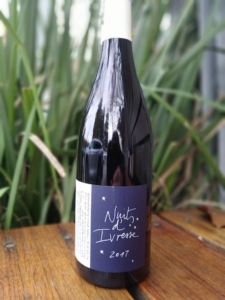 2017 Breton “Nuits d’Ivresse” Bourgueil ($34)
2017 Breton “Nuits d’Ivresse” Bourgueil ($34)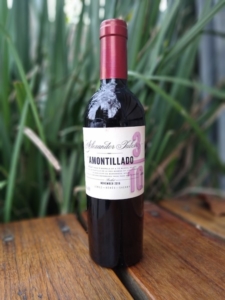 Alexander Jules Amontillado 3/10 ($33)
Alexander Jules Amontillado 3/10 ($33)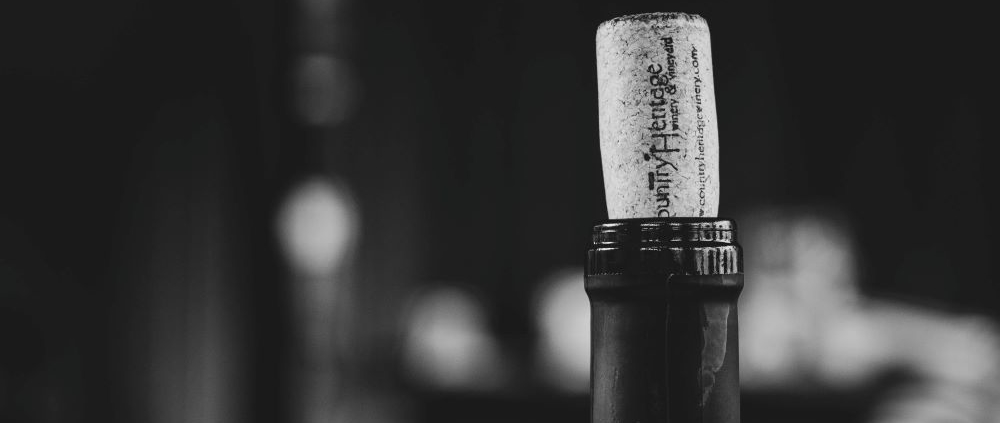
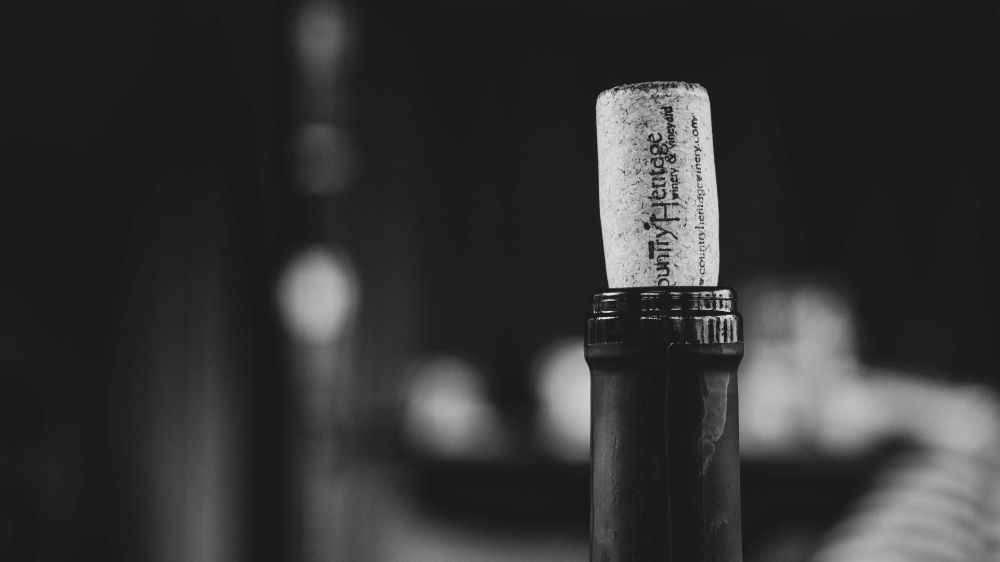
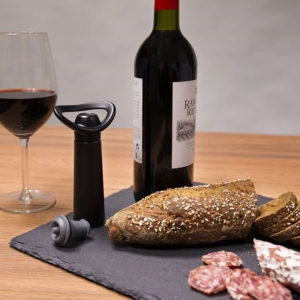
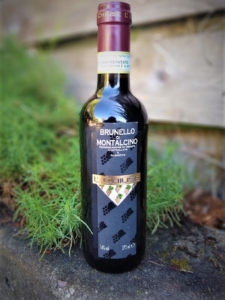
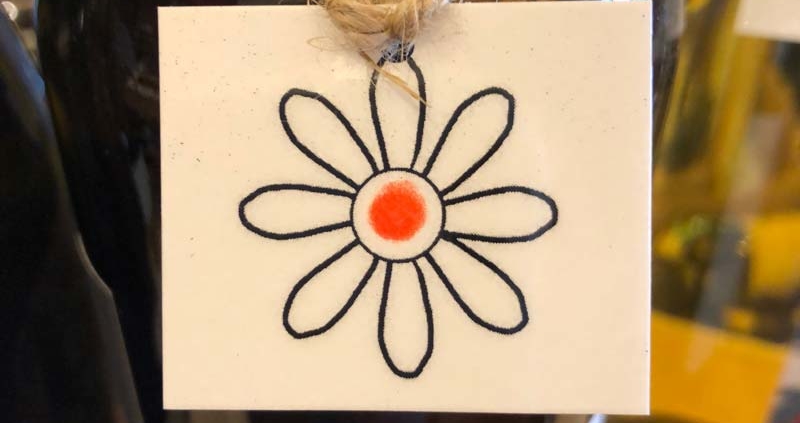
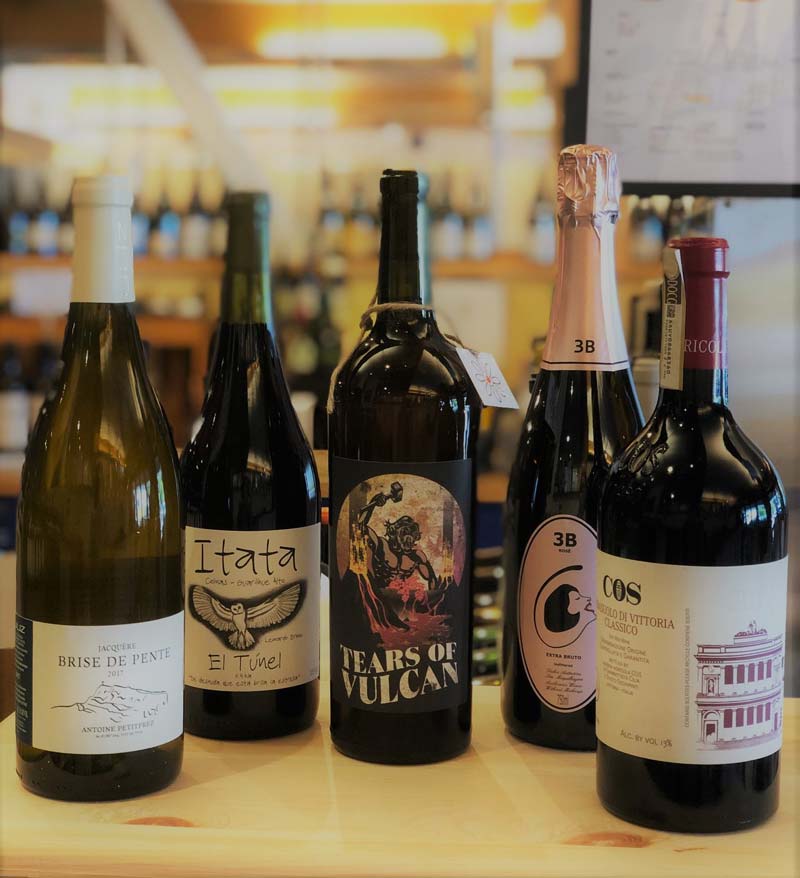
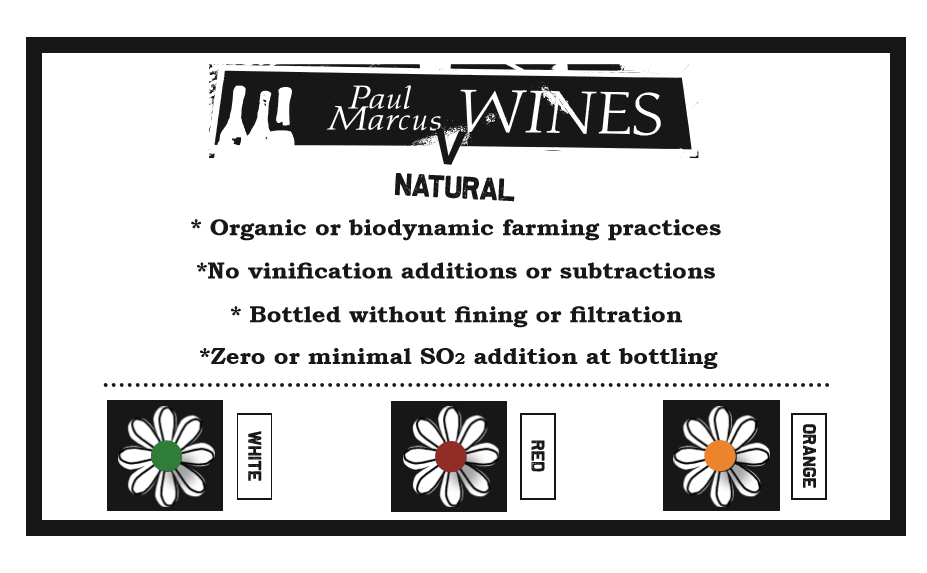
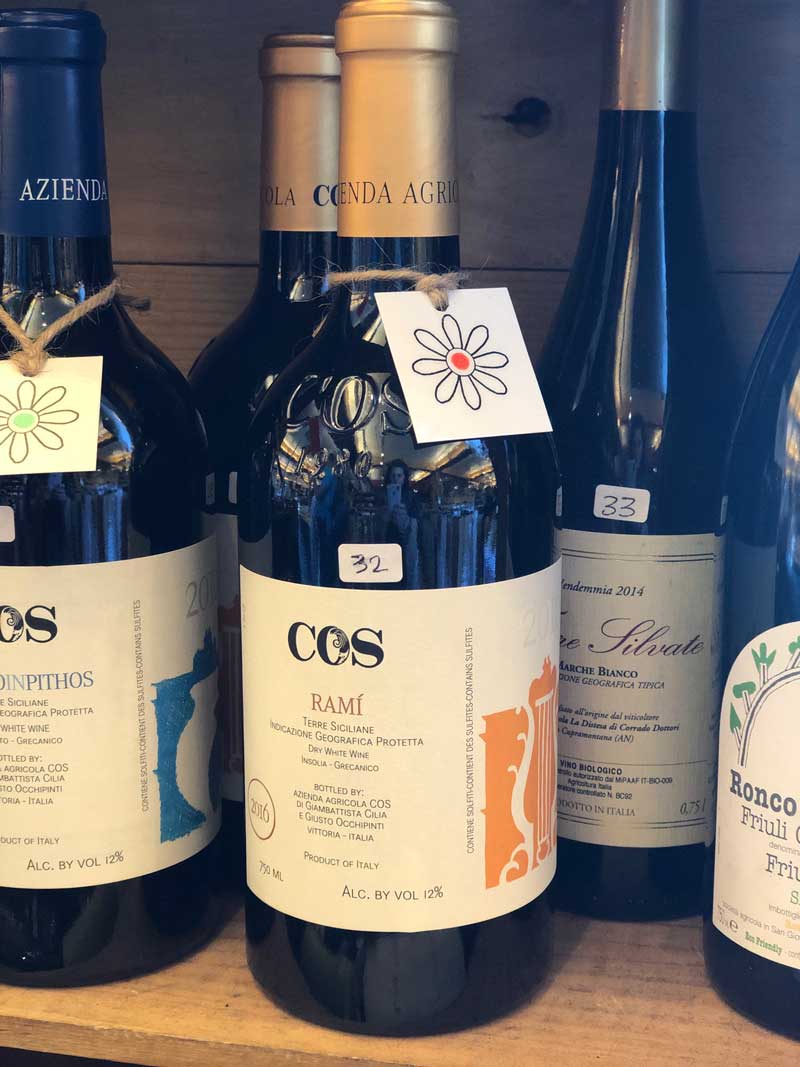
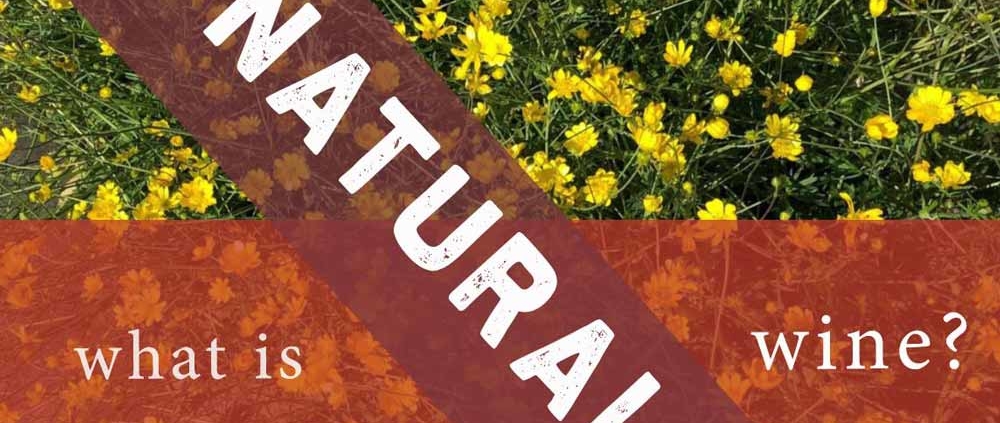
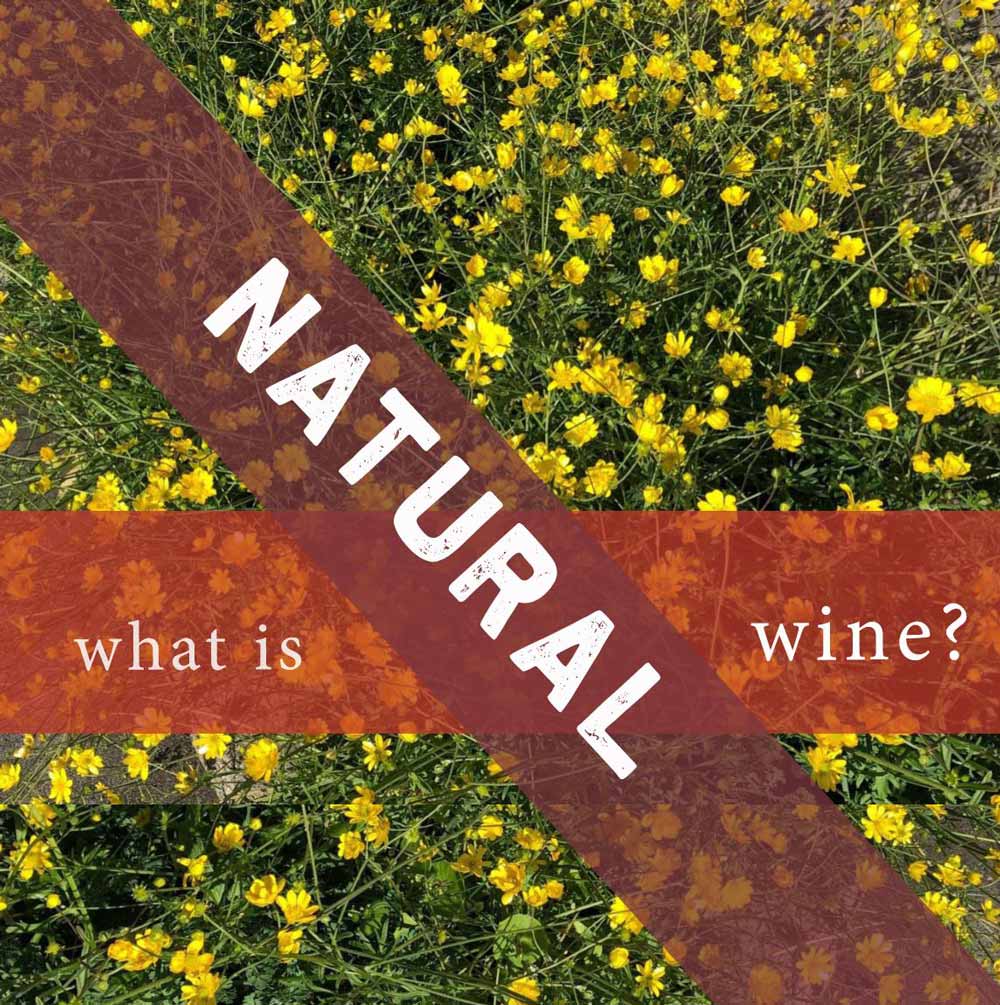 What is Natural Wine?
What is Natural Wine?